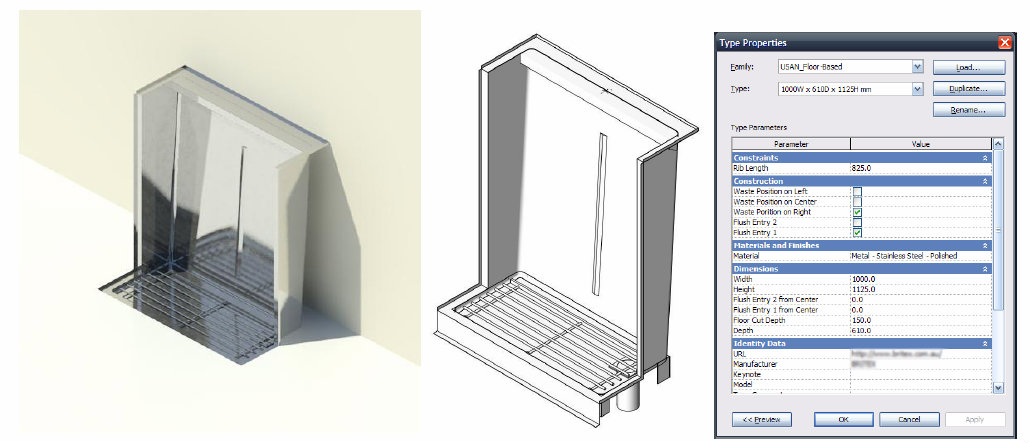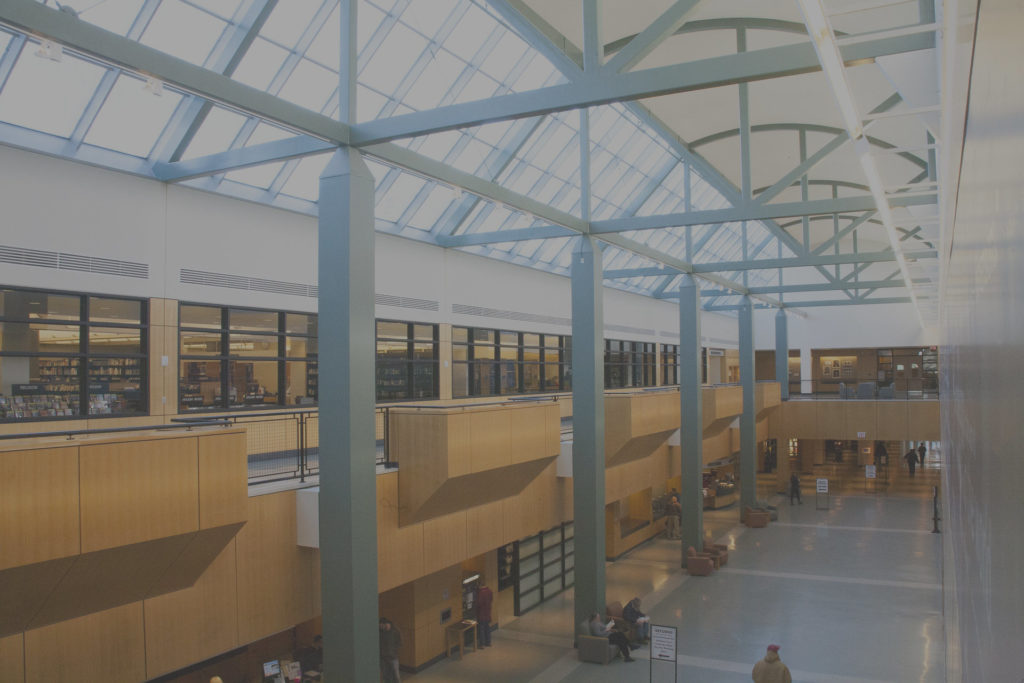While we create the Revit family the determined use of this family in the particular defined project environment helps in determining to what extent it is designed. You are allowed to develop and design the families in order to include numerous representations which can be used in different project phases and project views.

1. The Uses of the Family:
Before one initiates the creation of the Family it is important to consider a few of the primary questions like: In the particular family defined on the specified manufacturer’s content or is it a generic family? What are the parameters which the family would need? Which template should be used? What are the real purpose and intent behind creating a family? What is the level of detail required? If we add certain unnecessary parameters then there are chances of the increased size of the model and decreased the level of performance.
2. Level of Detail:
The level of details helps in determining which of the piece of the family geometry shows a different kind of views to the project. When you create a Revit element and add it to the view of the project then this current level of view helps in displaying the appropriate and complete family geometry.
While you decide what is the required level of details to be displayed, you may use these recommendations:
- Do not design the geometry which isn’t visible after the family is inserted into the building model.
- Like, in the case of table family which is inclusive of the drawer you need to just present the face of the drawer and not the whole of it with its content.
- Try not to duplicate geometry which may be put to use at other level of details.
3. Element Visibility:
To be specific, the geometry defined for each element which had been created by a family will keep on changing based on the present view of the project. The setting in regards to the visibility of the family helps in determining that which of the project view elements designed using family shall be on the display.
4. Nesting Families:
A nested family is known to be the one which is loaded in other families. In a few of the cases, it is quite easy to present the few of the parts of the nested family differently from the main model of the family.
Recommendation for the nesting family:
- In place of nesting, try to create all the important geometries within the family. Try to utilise reference labels and lines in order to lock the geometry at its place.
- Try limiting nesting to just two levels: The depth to which the family is nested defines the longevity of the time while updating the project file.
- Try to nest only content having high value and which can be used in case of numerous different families like door handles.
- Take precautions while you change in nesting component which has been shared by more than a family. While you will reload the components it will help in updating all the other families in file who shares same nested families. You can control the step by removing the tick on the shared button which is displayed in “category and parameter” dialogues.
- Make sure that the maximum of six nested families is nested in one family.
Category 5‐32‐200, Sub-category 80
Category 65‐40‐200, Sub category 90L
5. Family Size:
It has been seen that the number of large Revit families can have a major impact on the performance related to BIM. So it is suggested to audit and purge the families before finally uploading them, also try to keep nesting to its minimum, even make sure all the nested objects have been audited and purged. Make sure a limited amount of bitmaps and custom materials are utilised. Try and model only the necessary defined level of details. Avoid the use of any CAD or images when you are building the component and make sure you never explore CAD into the family.
At Revit Modeling India, we have years of experience working with Architects, Fabricators, Product Manufacturers and Suppliers with their parametric 3D Revit family creation requirements for Architectural, Structural, MEP and mechanical products and components. If you wish to speak to our experts on any further information about Revit Family creation Services, please feel free to write to us on info@revitmodelingindia.com.
